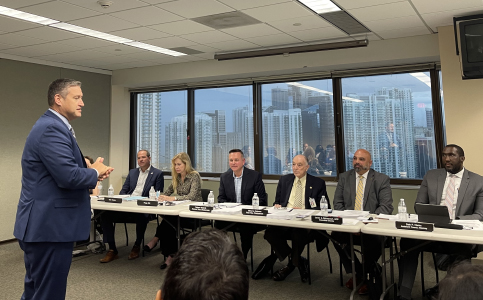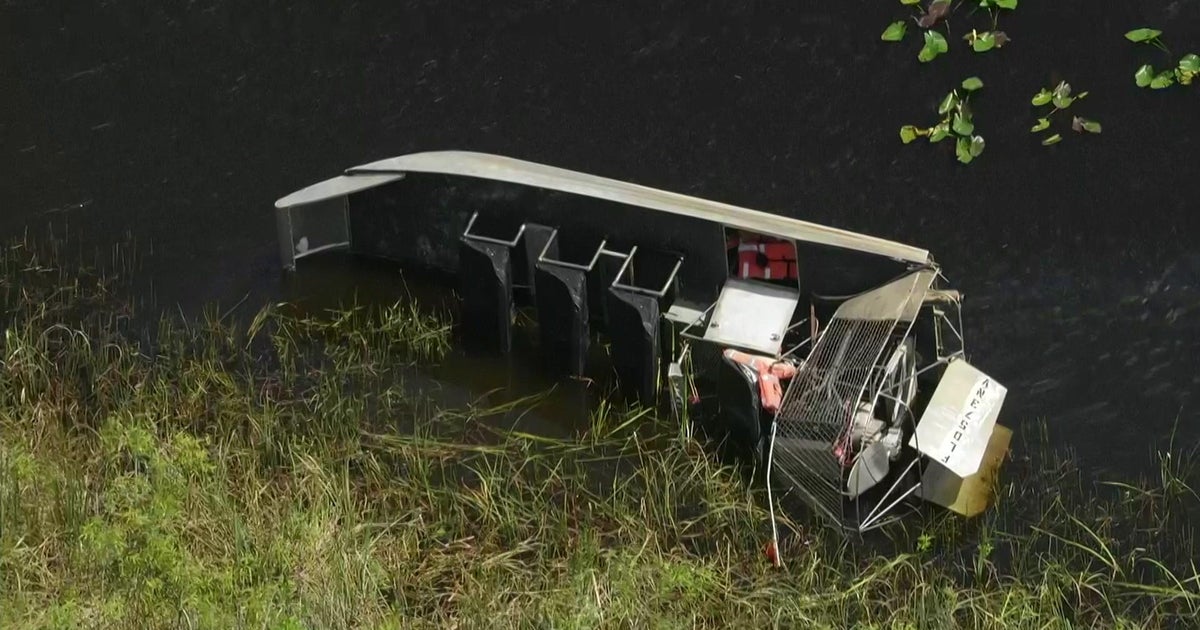Downtown Miami Tri-Rail connection delayed again, to 2023

Advertisement

“We will not be in downtown Miami station in November,” said David Dech, executive director of the South Florida Regional Transportation Authority, running operations of Tri-Rail. “We will not be there this calendar year,” he added at the Sept. 23 board meeting.
The remarks come only one month and a half after he joined the authority, and four months after former Executive Director Steven Abrams assured the public that Tri-Rail trains would be in downtown Miami by November.
Mr. Dech said Tri-Rail trains will be in downtown Miami in 2023, although he could not provide a date since he continues to negotiate contracts with Florida East Coast (FEC) Railway and Alstom Signaling Operation LLC. “I cannot give you a date until I get those contracts signed,” he said.
Tri-Rail trains are to run on FEC Railway tracks. At the June board meeting, Mr. Abrams explained that the company was requiring more dispatchers and a new dispatch desk at the downtown station. Alstom Signaling Operation LLC is providing the authority with the Automatic Train Control system to operate the trains safely.
Training the staff to operate the trains and fulfilling a list of about 80 requirements from the Federal Railroad Administration are two additional steps to complete prior to bringing Tri-Rail service into downtown Miami.
“There’s a lot of work to do,” said Mr. Dech at the Sept. 22 Citizens’ Independent Transportation Trust (CITT) meeting. “We need to hire some dispatchers [and] we need to decide which schedule we’re going to run.”
Within 30 to 90 days, the authority is to work on a tri-party agreement with Brightline and FEC for a vehicle qualification test, complete platform modifications to meet level boarding to fit the trains, complete the Automatic Train Control software change, and amend the agreement for dispatch services with Brightline and FEC to hire and train additional staff.
Still, the entire project is at 70% of completion, documents show.
Mr. Dech signaled that the conversations with Brightline and FEC have moved forward in a positive direction.
“Brightline has offered to help us with the logistics of the training. Originally, when we talked about the training it was very, very complicated, but now they’re going to help us with that,” Chairman Raquel Regalado said, adding that Brightline is offering help with training.
At the request of CITT Executive Director Javier Betancourt, the Miami-Dade County Office of the Inspector General made a final contract oversight report, released April 5.
Inspector General Felix Jimenez made three recommendations that the authority has completed, according to documents delivered to the CITT.
The authority hired a project manager to oversee the project schedule, hired CE&I to oversee the platform modifications, holds bi-weekly coordination meetings with Brightline and “continues to coordinate with FECR as needed.”
The $70 million tax-funded project to bring Tri-Rail trains to Miami’s downtown station has been behind schedule for years. Miami-Dade County contributed almost $14 million and the City of Miami helped with $7.2 million.
Brightline was tasked and paid by Tri-Rail to build the link through platforms into the Miami Central Station that would accommodate Tri-Rail’s trains. The project was to be delivered back in March 2017 but is still to be completed.
Mr. Dech just joined the authority, after board members expressed their lack of confidence in former director Abrams, who failed to inform members about the problems delaying the project. Mr. Abrams ultimately said he would be stepping down from his leadership position and help during a 30-day transition period at SFRTA, ending in mid-September.
Some of the problems that have been delaying the commuter service in entering the downtown station include that the trains were too wide to fit into the station’s platform and it was thought that they would be too heavy to go over the bridges built to accommodate them.
Also, Tri-Rail needed to comply with the federal requirements of Positive Train Control, and update the Enhanced Automatic Train Control system required by Brightline to operate the trains safely.


:quality(70)/cloudfront-us-east-1.images.arcpublishing.com/cmg/Q5H63LQ5ON2O2CHE3ZWLWNNAPU.jpg)